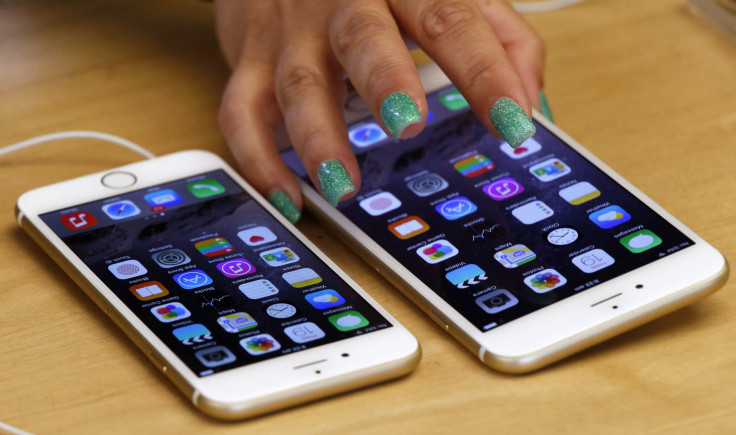iPhone 6S Rumors: Force Touch, Pink Case Expected For Apple Inc.'s Next Smartphone

Color me pink. Apple’s next iPhone -- the so-called 6S -- could gain a splash of color along with the Force Touch technology found in its upcoming MacBook and Apple Watch, according to supply chain sources speaking to the Wall Street Journal.
The Force Touch technology enables a touch screen to detect the difference between a light tap and a hard press, allowing users access to new types of gestures and controls. While the touch technology will be one of the larger changes to the next iPhone, some features should remain the same.
Apple is expected to retain the choice between the 4.7-inch and 5.5-inch Plus model as well as their current screen resolutions. It may, however, add a new color option for the iPhone. In addition to the choices of space gray, silver or gold, the company is reportedly testing pink for the new smartphone's case. Apple made a similar addition in 2013 with the iPhone 5S: the first model to receive a gold option.
At this time, these features are anything but confirmed, since Apple will often test multiple technologies that may or may not make it into the final production iPhone. This was seen last year in the lead up to the iPhone 6, which was widely expected to come with a sapphire glass screen. Instead, when it rolled out in September, the display was sporting what the company calls strengthened “Ion-X” glass. It was later revealed that Apple’s supplier, GT Advanced Technologies, was unable to produce the yields of sapphire demanded by the contract between the two parties.
More details of Apple’s next smartphone are expected to be revealed as mass production of its components start in May, according to the Journal. The report is one of several in the past months that have pointed towards the inclusion of Force Touch in the 6S.
In addition to the supply-chain murmurs about the iPhone 6S, patent filings published on Thursday revealed that the company is experimenting with waterproofing methods for future iPhones and iOS devices. But as with any patent filed by Apple, it’s not known if or when the feature would make it into one of its devices.
© Copyright IBTimes 2024. All rights reserved.




















